Australia will lead the global rollout of Mitsubishi’s first all-electric model in over a decade, as the brand partners with Foxconn’s Foxtron division to shake up the hotly contested small SUV EV segment. Launching in the second half of 2026, this new electric SUV will be Mitsubishi’s first mass-market EV since the i-MiEV compact hatchback.
▶️MORE: Which Electric Cars Have Bidirectional Charging
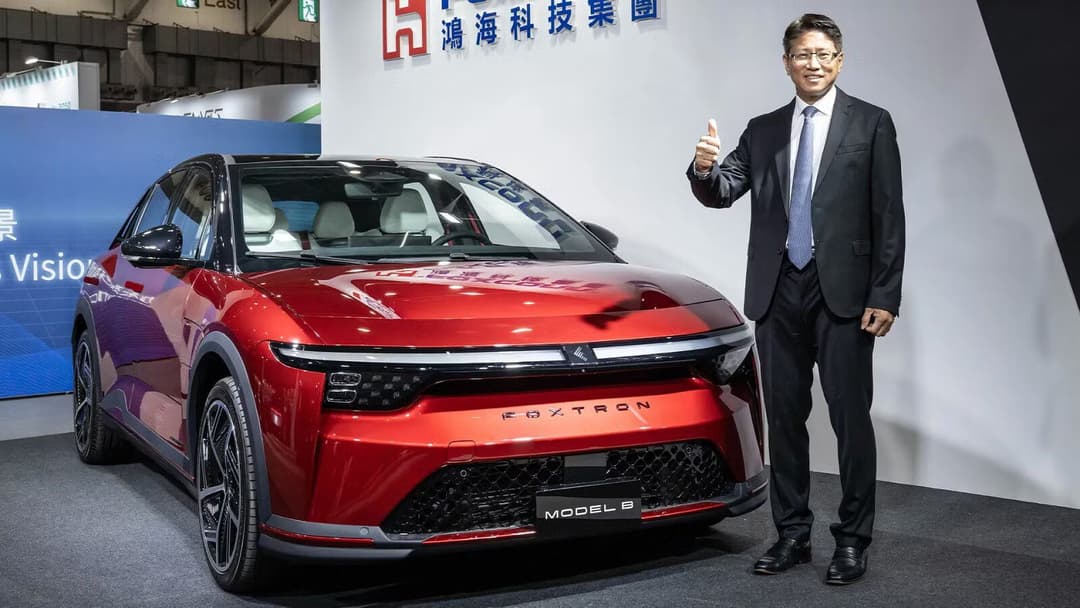
Foxtron to Build Mitsubishi’s New EV
Mitsubishi Motors Corporation has signed a memorandum of understanding with Foxtron Vehicle Technologies, a division of Taiwan’s Foxconn, to supply battery-electric vehicles. While the final product hasn’t been officially named, it's widely expected to be a rebadged version of Foxtron’s Model B, a compact electric SUV designed by Pininfarina.
The Model B would be re-engineered with Mitsubishi badging and tech tweaks to meet local demands, going up against popular rivals like:
- BYD Atto 3
- MG ZS EV
- Kia EV3
- Hyundai Kona EV
- Chery Omoda E5
- Zeekr X
▶️MORE: When is V2G Really Coming to Australia? An Energy Insiders Take
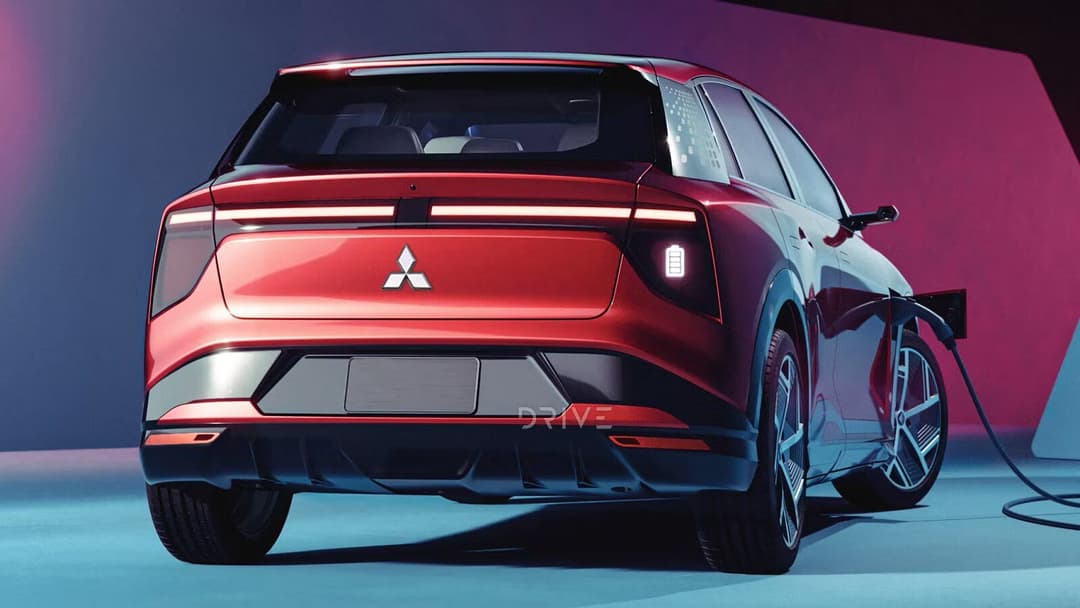
Built for Aussie Roads, First Stop: Down Under
According to Mitsubishi Motors Australia CEO Shaun Westcott, Australia will be the first country to receive the new EV. It's a strong vote of confidence in the local market and aligns with Mitsubishi’s “Momentum 2030” roadmap to refresh its entire lineup.
“This pure EV model adds another string to our multi-powertrain bow. With petrol, diesel, plug-in hybrid, and now EV options, we’re gearing up to support every Aussie lifestyle,” said Westcott. “And we’re not just launching a car—we’re setting up for the next 45 years.”
Foxtron, backed by electronics giant Foxconn (of iPhone and PlayStation fame) and Taiwanese carmaker Yulon Motor, will handle the manufacturing, with final assembly expected to take place in Taiwan.
▶️MORE: BYD Atto 3 Charging Guide: Charge times, speed and cost
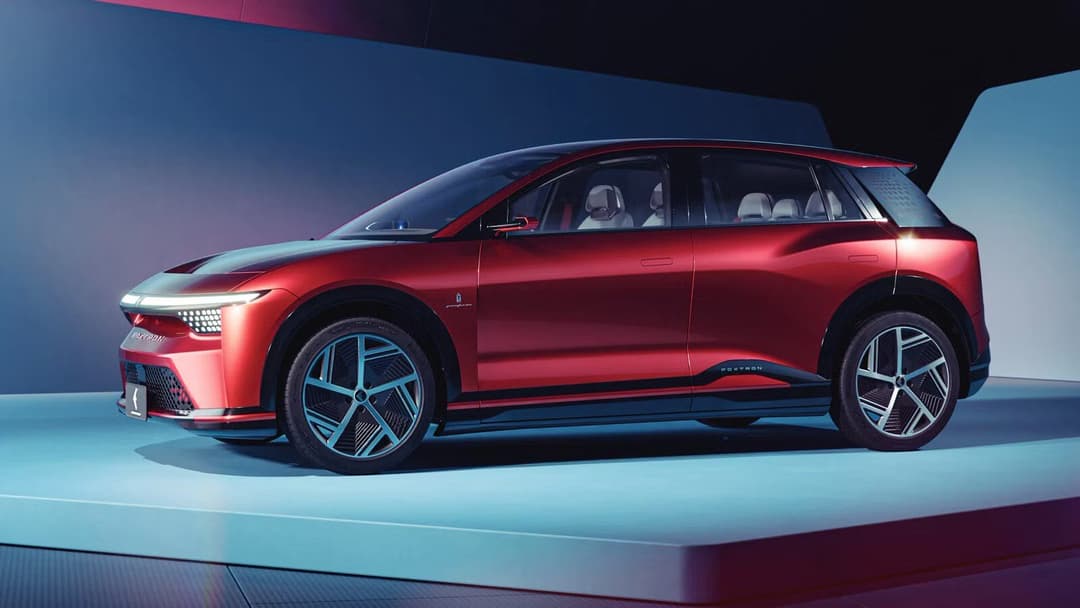
What to Expect from Mitsubishi’s New EV
If the new EV is indeed a rebadged Model B, here’s what Australian buyers can likely expect:
| Specification | Details |
| Length x Width x Height | 4320mm x 1865mm x 1530mm |
| Wheelbase | 2800mm |
| Battery Type | 60kWh Lithium Iron Phosphate (LFP) |
| Range (NEDC) | ~500km |
| Drive Options | RWD (single motor) or AWD (dual motor) |
| Infotainment | Advanced system tailored for Oceania |
The Model B also shares underpinnings with the larger Model C, which offers up to 340kW in AWD form, suggesting the Mitsubishi version could deliver decent grunt and solid range.
▶️MORE: BYD’s New EV Charger Promises Full Charge in Just 10 Minutes
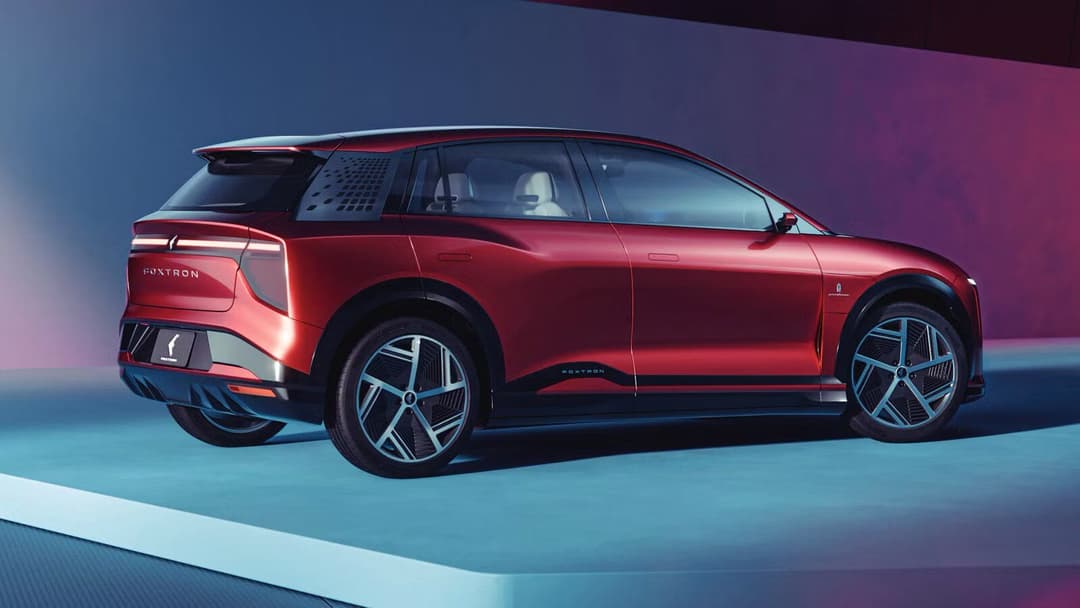
Will We See the Rebadged Leaf Too?
Interestingly, Mitsubishi has also confirmed a rebadged second-gen Nissan Leaf for the US, raising speculation it could be offered in Australia. But with the Foxtron-built EV set to fill the compact electric SUV slot, it may crowd out the Leaf if both land in the same category.
Mitsubishi Australia says it’s still “working through the opportunity” and hasn’t locked in any decisions regarding the Leaf or potential mid-size EVs from the Renault-Nissan Alliance, such as the Ariya or Scenic E-Tech.
▶️EXPLORE: Zecar's EV Database
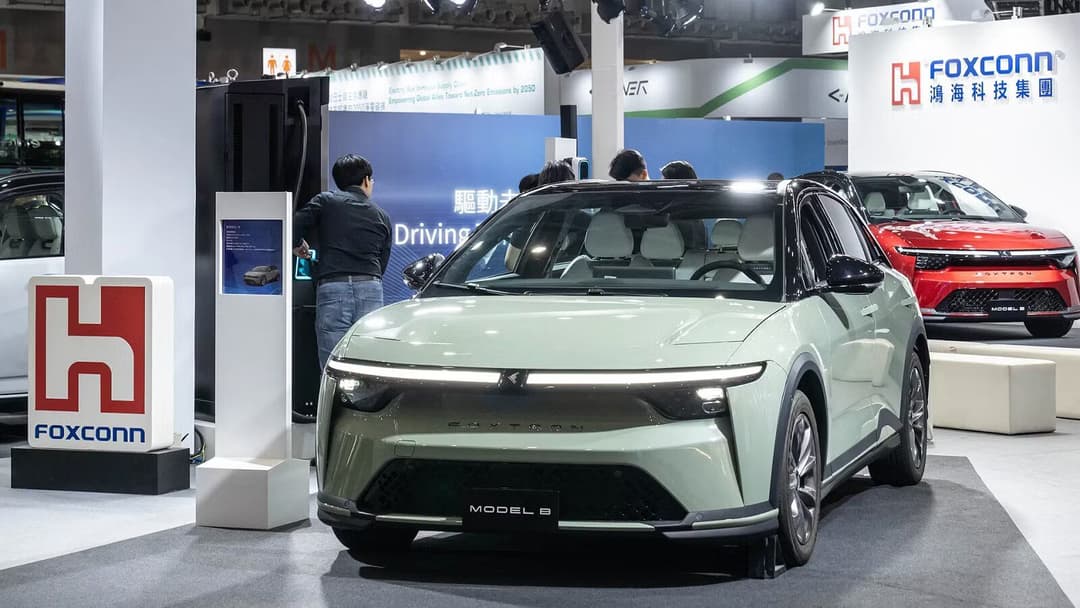
More EVs, Fewer Compromises: Mitsubishi’s 2030 Roadmap
This upcoming Foxtron EV is just one of eight new or refreshed Mitsubishi models expected by 2030 under the “Momentum 2030” strategy. The company is rebuilding its local lineup after being forced to axe the ASX, Eclipse Cross, and Pajero Sport due to new autonomous emergency braking (AEB) requirements.
What’s already on the cards:
- Renault-based ASX successor – arriving late 2025
- Next-gen Pajero Sport – expected 2026
- Facelifted Outlander – due 2025
- Foxtron EV SUV – launching 2026
- Updated Triton ute – including a rumoured plug-in hybrid variant
▶️EXPLORE: Zecar's EV Charging Calculator
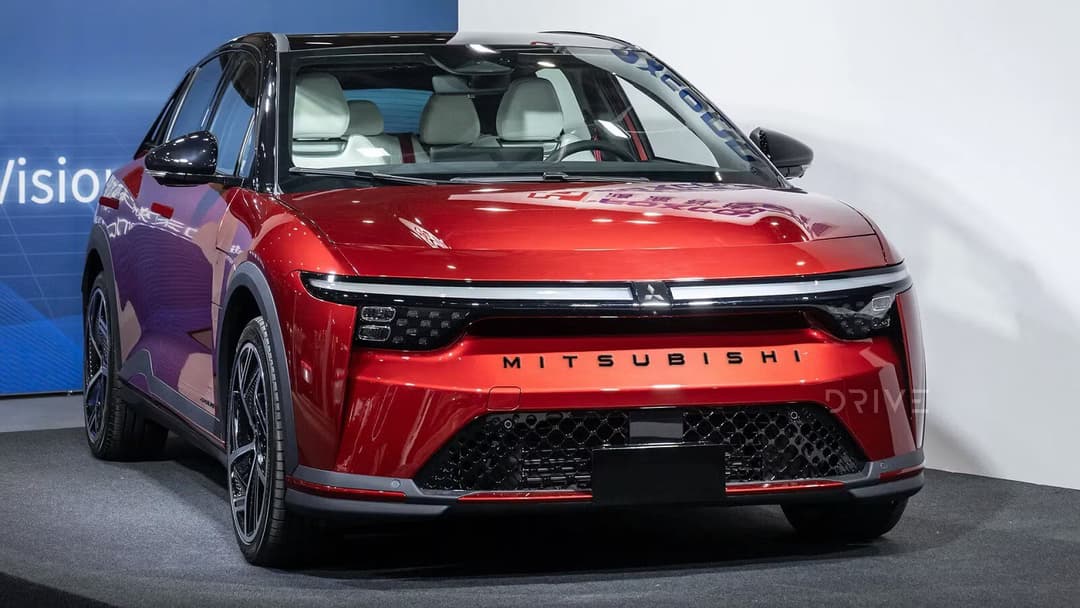
A Key Piece in the NVES Puzzle
With the New Vehicle Efficiency Standard (NVES) looming, Mitsubishi’s re-entry into the all-electric segment couldn’t be better timed. Each EV sold will earn credits under the emissions reduction scheme, giving Mitsubishi an edge as penalties start to hit high-emitting models.
This EV could also help restore Mitsubishi’s credibility in the zero-emission space after the i-MiEV experiment fizzled out. That quirky kei-car was Australia’s first mainstream EV when it landed in 2010 but it never gained mass traction.
Now, with the Foxtron partnership and a surging EV market, Mitsubishi is stepping back in with sharper weapons, a broader plan, and the right partners to make it stick.
Stay up to date with the latest EV news
- Get the latest news and update
- New EV model releases
- Get money savings-deal
